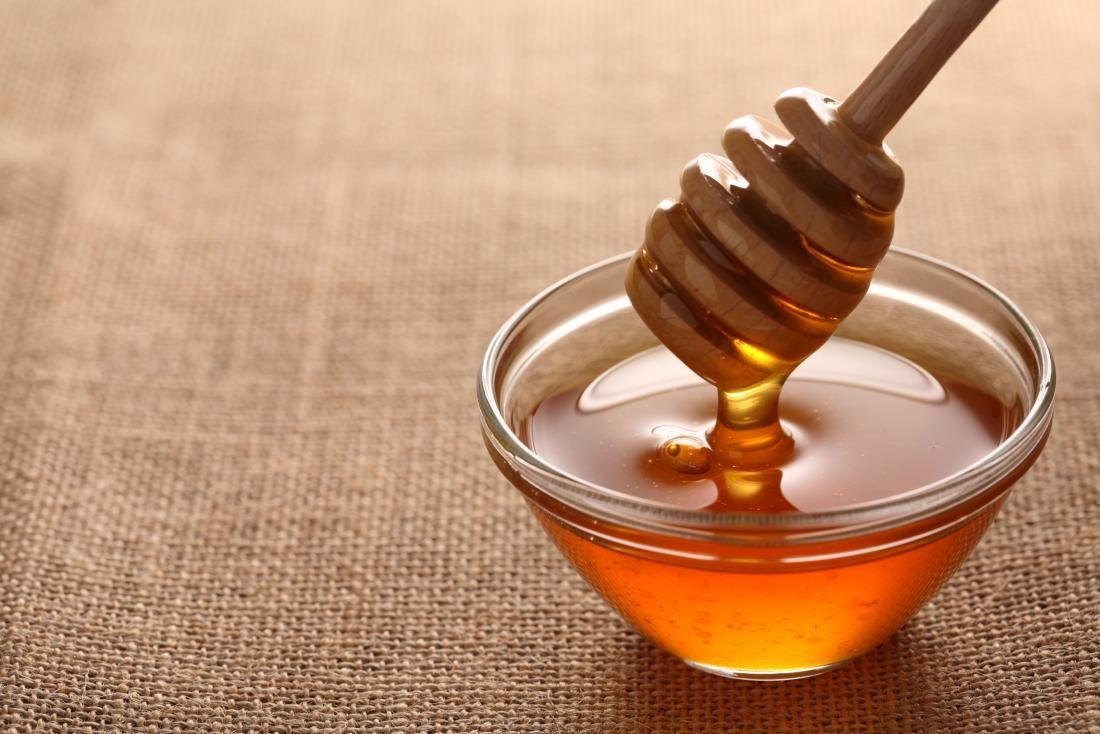-
Feed de notícias
- EXPLORAR
-
Blogs
-
Grupos
Honey Market Sustainability: Best Practices for Reducing the Environmental Impact of Honey Production

The Honey Market is increasingly focusing on sustainability as both consumers and businesses recognize the importance of reducing the environmental impact of honey production. The honey industry, while relatively eco-friendly compared to other food sectors, still faces several sustainability challenges. These include the protection of bee populations, reducing carbon footprints from production and distribution, and ensuring that beekeeping practices do not harm ecosystems. As consumer demand for eco-conscious products rises, honey producers are adopting best practices aimed at promoting sustainability and minimizing their environmental footprint.
Protecting Bee Populations
One of the most significant sustainability challenges in the Honey Market is the preservation of bee populations. Bees are essential for honey production, but they are increasingly threatened by factors such as pesticide use, habitat loss, climate change, and diseases like colony collapse disorder (CCD). Sustainable beekeeping practices are therefore crucial in ensuring the long-term viability of honey production.
Best practices for protecting bee populations include minimizing pesticide use and providing bees with diverse, pesticide-free environments for foraging. Some honey producers are working with farmers to plant bee-friendly flowers and plants around agricultural areas, creating habitats where bees can thrive. Furthermore, supporting organic and regenerative farming practices can help protect the health of bee colonies by reducing exposure to harmful chemicals and promoting biodiversity.
Organic and Regenerative Beekeeping Practices
Organic honey production has gained popularity among consumers who prioritize sustainability. Organic honey comes from bees that forage on plants grown without the use of synthetic pesticides, fertilizers, or genetically modified organisms (GMOs). This method not only ensures a more natural and environmentally friendly honey product but also helps to preserve the broader ecosystem by supporting soil health and biodiversity.
Regenerative beekeeping practices take sustainability a step further by focusing on restoring and improving ecosystems. These practices involve maintaining healthy bee habitats, using techniques that prevent overharvesting of honey, and ensuring that the overall health of the environment and bee colonies is supported. By embracing regenerative agriculture principles, honey producers can contribute to restoring ecosystems while producing high-quality, sustainable honey.
Sustainable Packaging
Packaging is another critical area where honey producers can reduce their environmental impact. Single-use plastic packaging is a major concern in the food industry, and the honey market is no exception. To minimize packaging waste, many honey companies are turning to glass jars, which are reusable and recyclable, or biodegradable materials that can break down without leaving harmful residues.
Additionally, some honey producers are exploring bulk packaging options, such as refillable containers or larger, more sustainable packaging formats, to reduce the environmental impact associated with single-serve packaging. Companies that prioritize eco-friendly packaging solutions are not only addressing consumer concerns about waste but also reducing their carbon footprint, which contributes to the broader goal of sustainability.
Energy Efficiency and Waste Reduction
Honey production and distribution processes also present opportunities to reduce environmental impacts through energy efficiency and waste reduction. Implementing energy-efficient practices in honey production facilities, such as using solar energy or optimizing energy usage in the processing stages, can significantly lower the carbon footprint of production. Furthermore, minimizing waste—whether from honey processing or packaging materials—can help make honey production more sustainable.
Conclusion
The Honey Market is embracing a range of best practices to reduce its environmental impact and promote sustainability. From protecting bee populations to adopting organic and regenerative beekeeping methods, honey producers are working to create a more sustainable supply chain. Eco-friendly packaging solutions and energy-efficient production processes are also helping to reduce the industry’s carbon footprint. As consumers continue to demand environmentally responsible products, the honey industry’s commitment to sustainability will be key to its long-term success and growth.







